A photo of a red-roofed house with a white facade seemingly undamaged amid the rubble after a wildfire in the town of Lahaina last week has gone viral on social media.
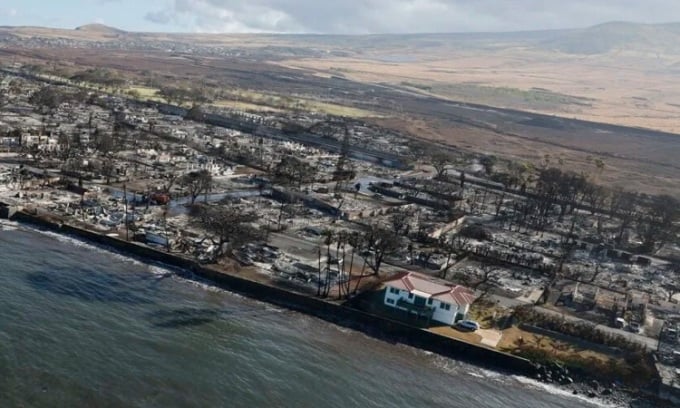
The white house remained intact after the fire. Photo: LA Times
The Front Street house wasn’t the only property that survived the fire. The entire subdivision was unscathed as the fire swept across Maui. But the image of the intact house amid the devastation was so striking that some people suspected it was a digital creation, according to the Los Angeles Times .
But the owners, Dora Atwater Millikin and her husband, confirmed the situation was real. They were visiting family in Massachusetts when the fire broke out and had recently renovated the house, but not with the goal of fortifying it against fire. The 100-year-old house had once been the home of a bookkeeper for the employees of Pioneer Mill Co., a sugar plantation that operated in Lahaina since the mid-19th century. The owners sought to restore some of the original architecture.
With the county’s blessing, the Millikins replaced the asphalt shingle roof with metal. The original roof was made of corrugated wood or tin. The homeowners also laid flagstone from the ground to the roof’s runout line, which jutted 3 to 4 inches from the wall. The couple removed any foliage that touched the house, not to reduce the risk of fire, but because they feared termites might spread throughout the wood frame. Their only defense against the natural disaster was to install storm rafters.
These changes seem to have had the unintended effect of making the house more fireproof. “When the fire broke out, there were 15-30 cm pieces of wood floating in the air and hitting the roof of the house. If the roof was made of asphalt shingles, it would catch fire. If it wasn’t, the wood would fall off the roof and then ignite the foliage around the house,” Millikin said.
The roof is the number one factor that contributes to a house's fire potential because it acts as a large buffer for flames, says Susie Kocher, a forestry consultant at the University of California Cooperative Extension. The next factor is the immediate environment, the area surrounding the structure. Experts recommend that homeowners clear flammable vegetation within a 5-foot radius and replace it with hard materials like paving stones or gravel, similar to what the Millikins did. "If grass and brush, especially flammable ones, are right next to the house and they catch fire, the heat can break windows and the fire can enter the house through that," Kocher says.
Millikin's house may also benefit from being located away from other structures in the neighborhood, which is bordered on three sides by the ocean, a road, and a park-like lot. "One of the biggest sources of fuel is the houses next door. So if one house catches fire, if there's another house nearby, the fire can spread," Kocher explains.
That risk is highest when the burning house is 10 meters or less away, according to Stephen Quarles, honorary advisor to the Cooperative Extension. The parts that are vulnerable are the sides of the house, windows, floors and attics.
When a wildfire sweeps through a neighborhood, it’s not uncommon for some homes to stand while others burn down, as winds blow the flames into vulnerable areas of surrounding structures or trees. Some homes also resist fire better than others. Many speculate that the Millikin home survived because of its automatic sprinkler system. It did, but many similar homes in the area burned down. The power was out in the home when the fire started, and the sprinkler system was not working.
An Khang (According to Los Angeles Times )
Source link







![[Photo] Panorama of the cable-stayed bridge, the final bottleneck of the Ben Luc-Long Thanh expressway](https://vphoto.vietnam.vn/thumb/1200x675/vietnam/resource/IMAGE/2025/9/30/391fdf21025541d6b2f092e49a17243f)




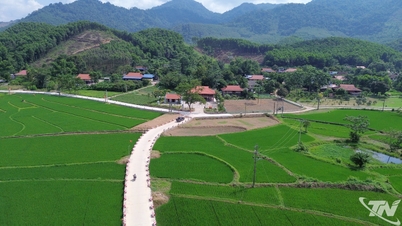



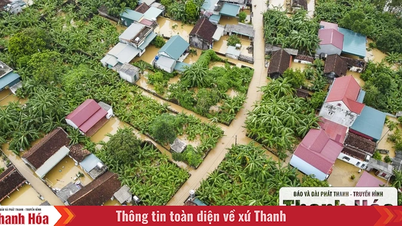


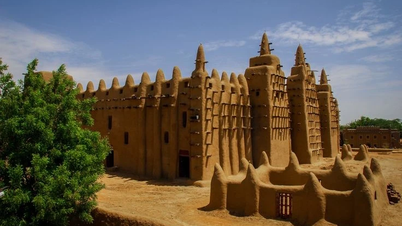




















![[Photo] The 1st Congress of Phu Tho Provincial Party Committee, term 2025-2030](https://vphoto.vietnam.vn/thumb/1200x675/vietnam/resource/IMAGE/2025/9/30/1507da06216649bba8a1ce6251816820)
![[Photo] President Luong Cuong receives President of the Cuban National Assembly Esteban Lazo Hernandez](https://vphoto.vietnam.vn/thumb/1200x675/vietnam/resource/IMAGE/2025/9/30/4d38932911c24f6ea1936252bd5427fa)
















































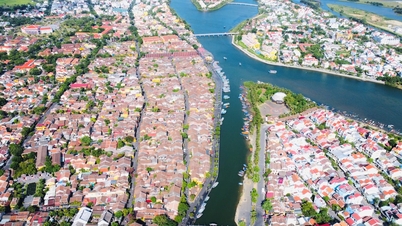



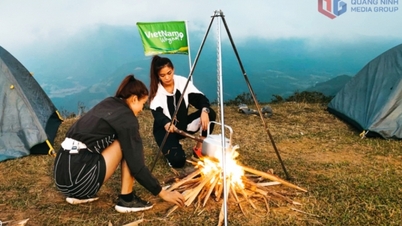



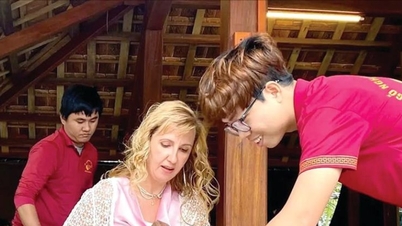














Comment (0)